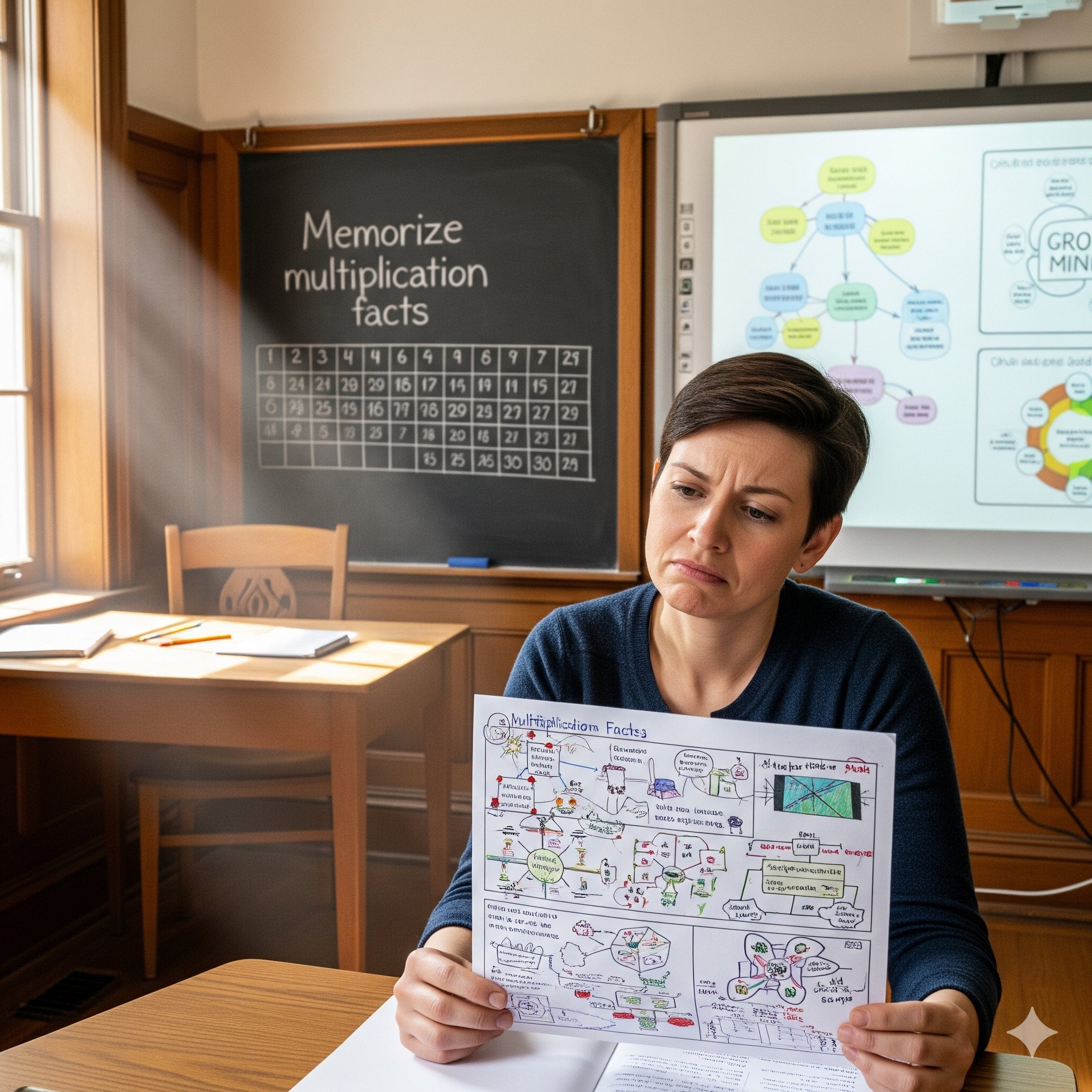Parents today are often baffled by the schoolwork their children bring home. What was once a straightforward process of memorization has been replaced with methods that prioritize conceptual thinking, inquiry, and skills for the future workforce. These shifts aren't just in math, but also in how reading, writing, science, and history are taught.
Educators say these changes are not random. They are the result of decades of research, evolving workforce demands, and national policy decisions. However, for parents, these changes can feel abrupt and unexplained, leading to frustration. Tracing the evolution of these teaching methods helps to understand why today's classrooms look so different.
From memorization to deep understanding
In the past, students often did repetitive worksheets for multiplication tables or copied definitions from a chalkboard. Today, the focus is on deeper understanding. Teachers want students to connect ideas, explain their reasoning, and apply what they learn to real-world scenarios.
This doesn't mean memorization has disappeared entirely. Children still need to learn math facts and spelling rules. The difference is the ultimate goal: It's less about simply storing knowledge and more about understanding why and how that knowledge works. Researchers believe this approach better prepares students for a rapidly changing economy.
Why new math sparks frustration
The term "new math" has become a symbol of parental exasperation. When parents see their children breaking numbers apart, using arrays, or solving problems in multiple ways, it can seem unnecessary. However, teachers argue these methods help children develop number sense and flexibility, which makes them better problem-solvers in the long run.
Dr. Geillan Aly, a math educator and researcher, refers to this recurring debate as "the cycle of benign neglect." She notes, "Every few decades, we swing from procedural to conceptual math learning. But parents and teachers are often left without enough support, creating frustration and what I call 'math trauma.'"
The pendulum of reading instruction
Reading instruction has experienced its own series of changes. For much of the late 20th century, schools relied on the whole language approach and sight word memorization, encouraging children to recognize words by sight and use context clues. Critics argued that this approach failed struggling readers who couldn't decode new words.
The focus has since shifted back toward phonics, which teaches explicit letter-sound relationships. Most researchers agree that the best approach uses both methods. As Beth Gaskill, an educator and learning specialist, says, "Research undeniably shows that systematic phonics instruction is the most effective for the majority of kids... Sight word lists gave them a handful of memorized answers. Phonics gives them the key to unlock every word."
The legacy of "No Child Left Behind" and "Common Core"
The No Child Left Behind (NCLB) Act of 2001, a landmark federal policy, dramatically reshaped American education. Its goal was to hold schools accountable for student achievement and ensure every child received a quality education.
The law led to a significant increase in test preparation. In many classrooms, subjects like art, social studies, and even science were sidelined to focus on improving reading and math scores.
The future of education
Education will continue to change. Experts predict that artificial intelligence could become a personalized tutor, adapting lessons in real time. Competency-based education, where students advance as they master skills rather than based on a letter grade, may replace current grading systems. Social-emotional learning may be integrated into daily lessons, teaching resilience and empathy, while global collaboration with students from around the world may become a regular occurrence.

Image: The conflict between traditional and modern teaching methods (Gemini)



